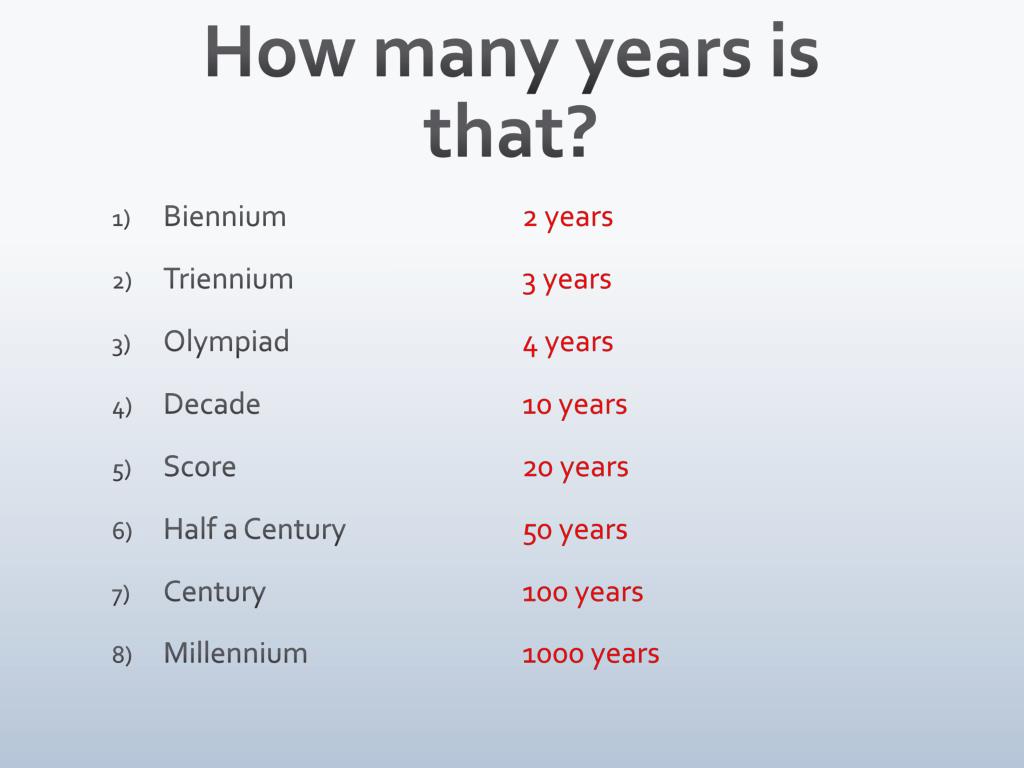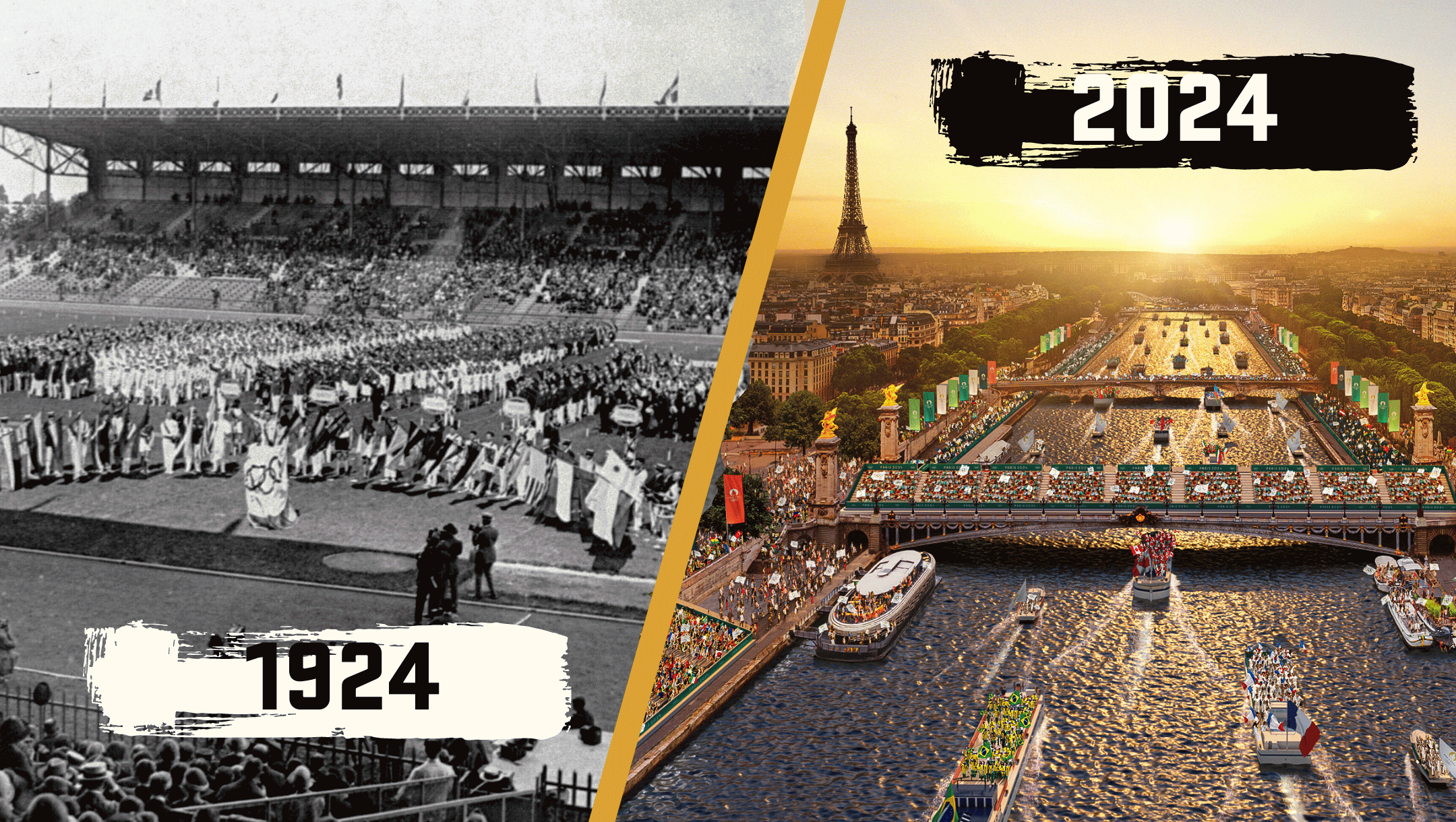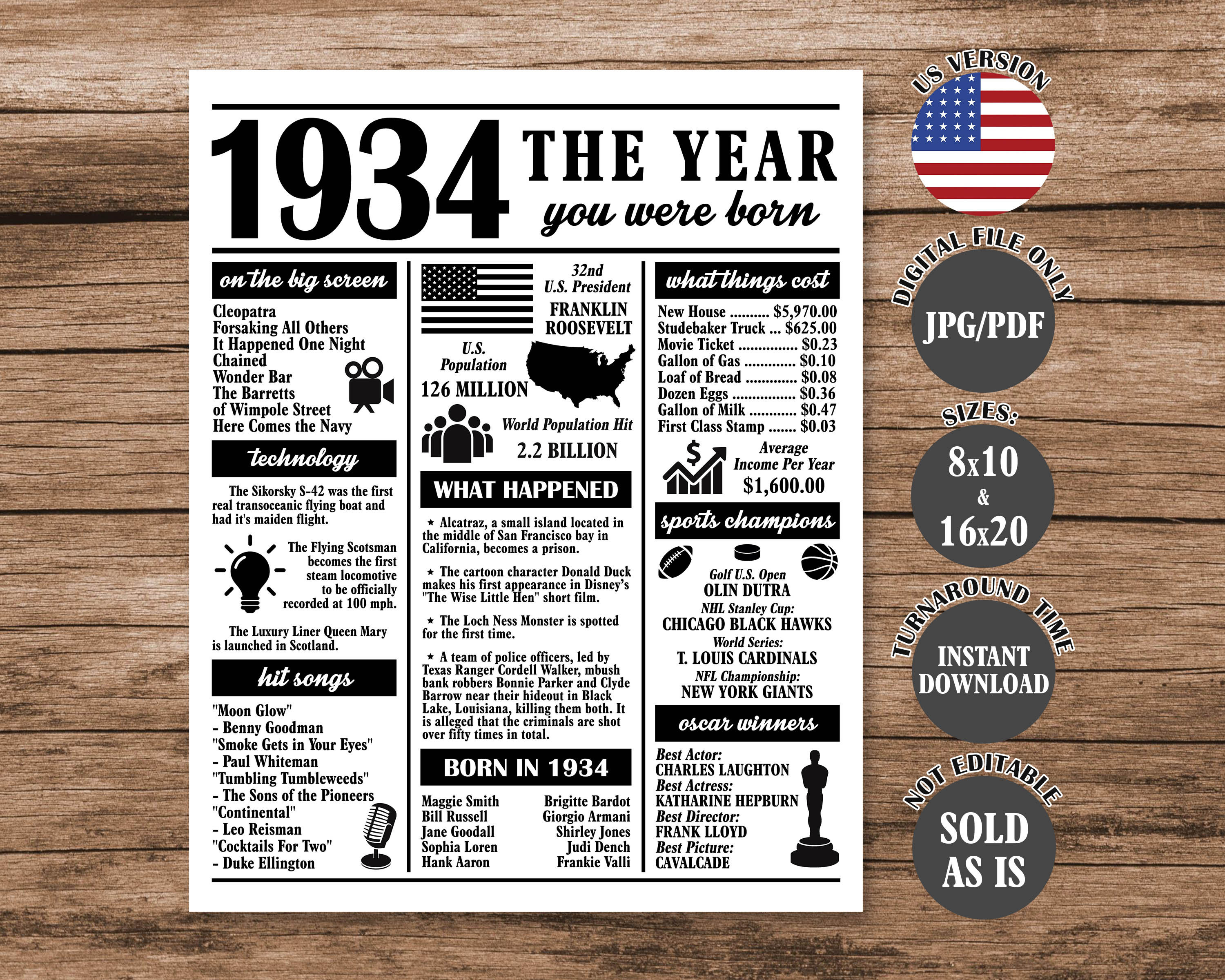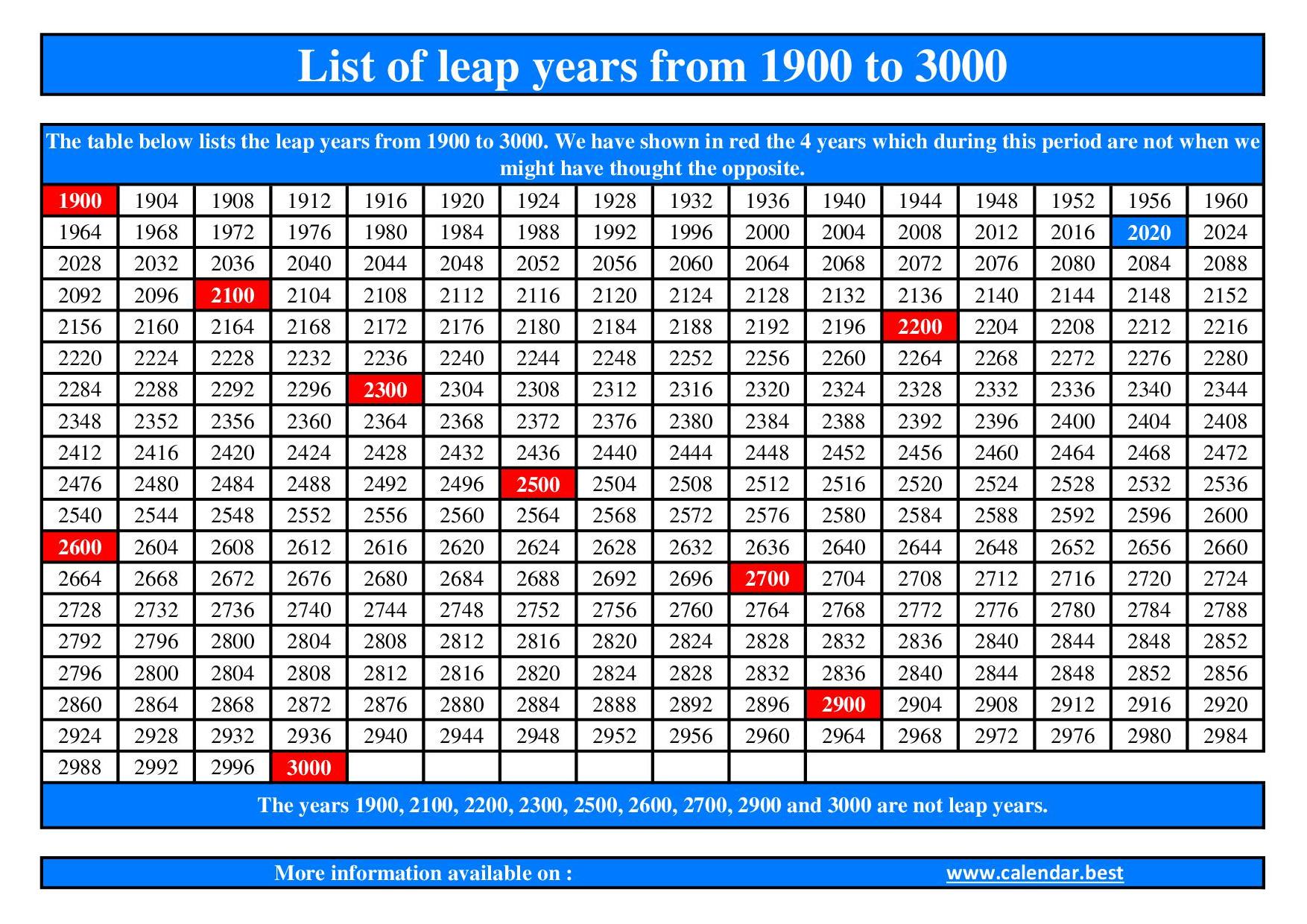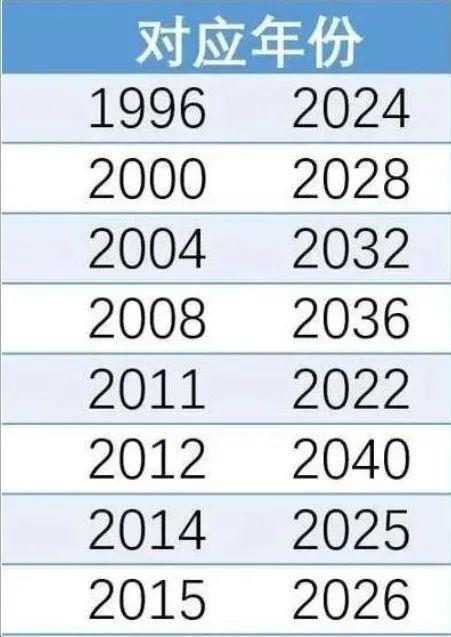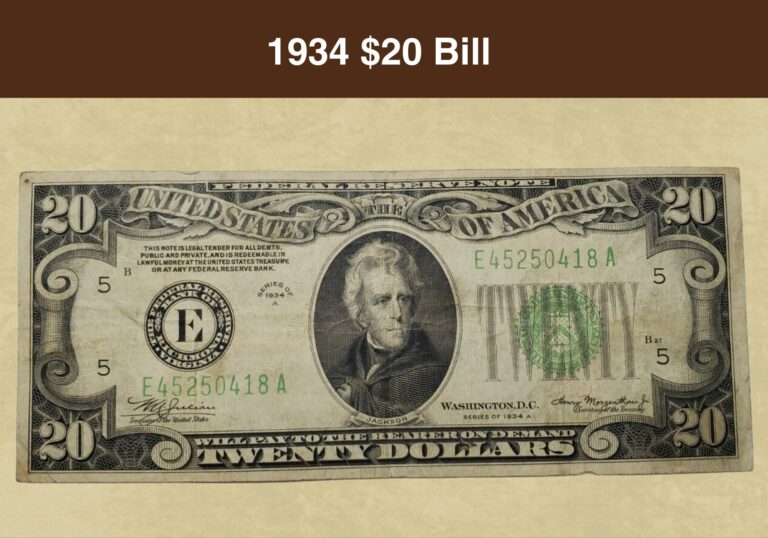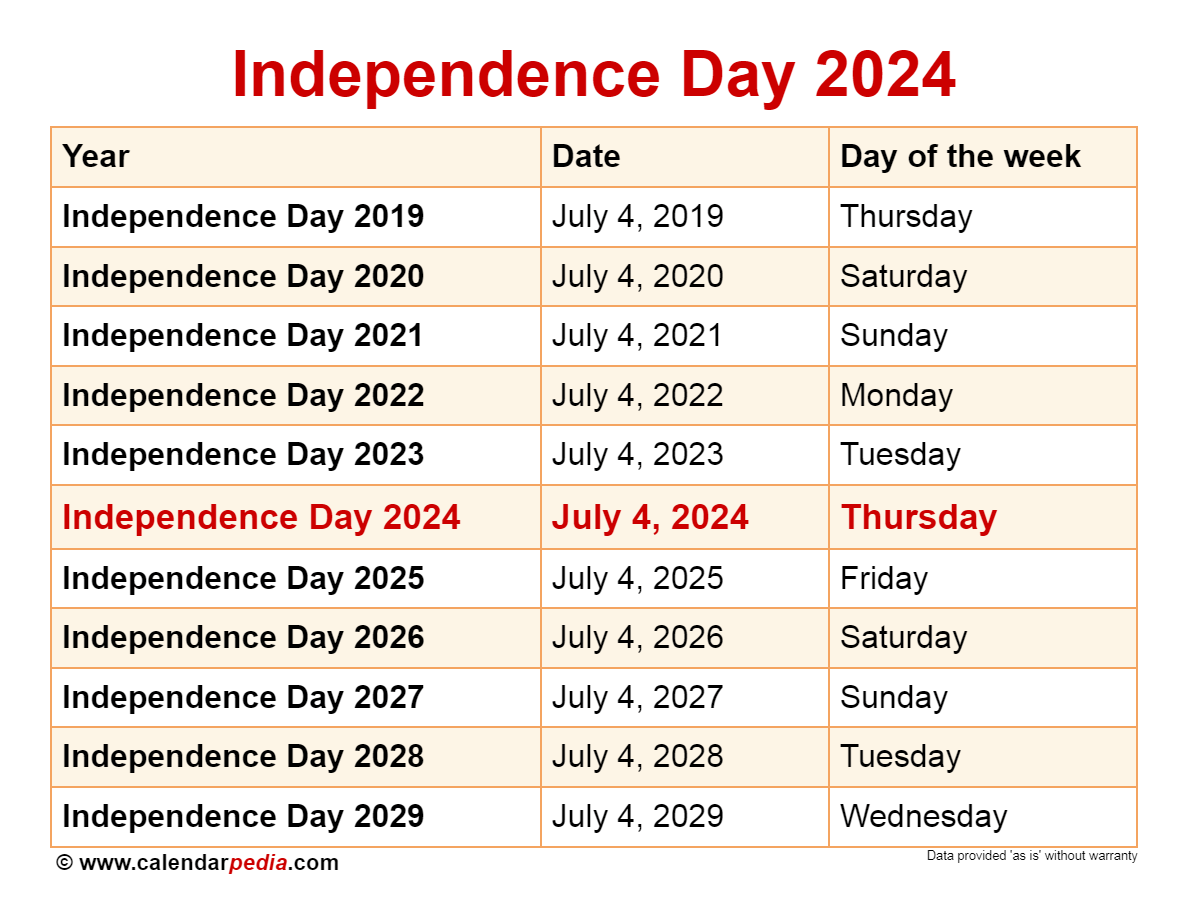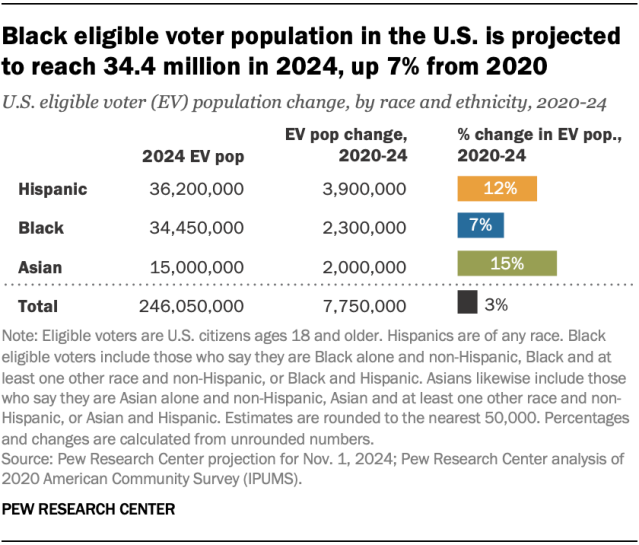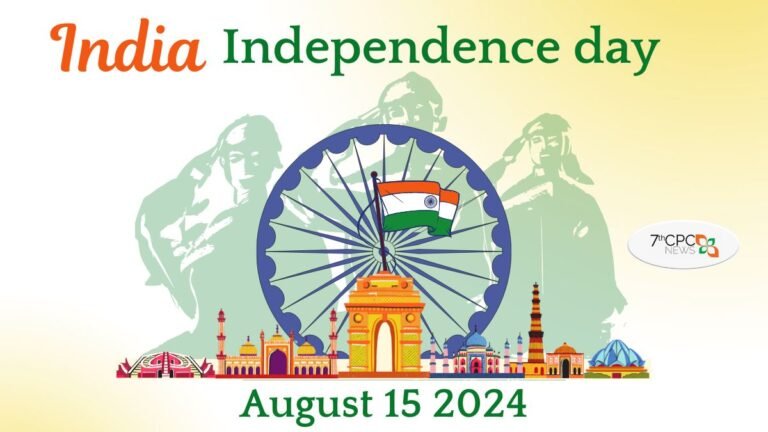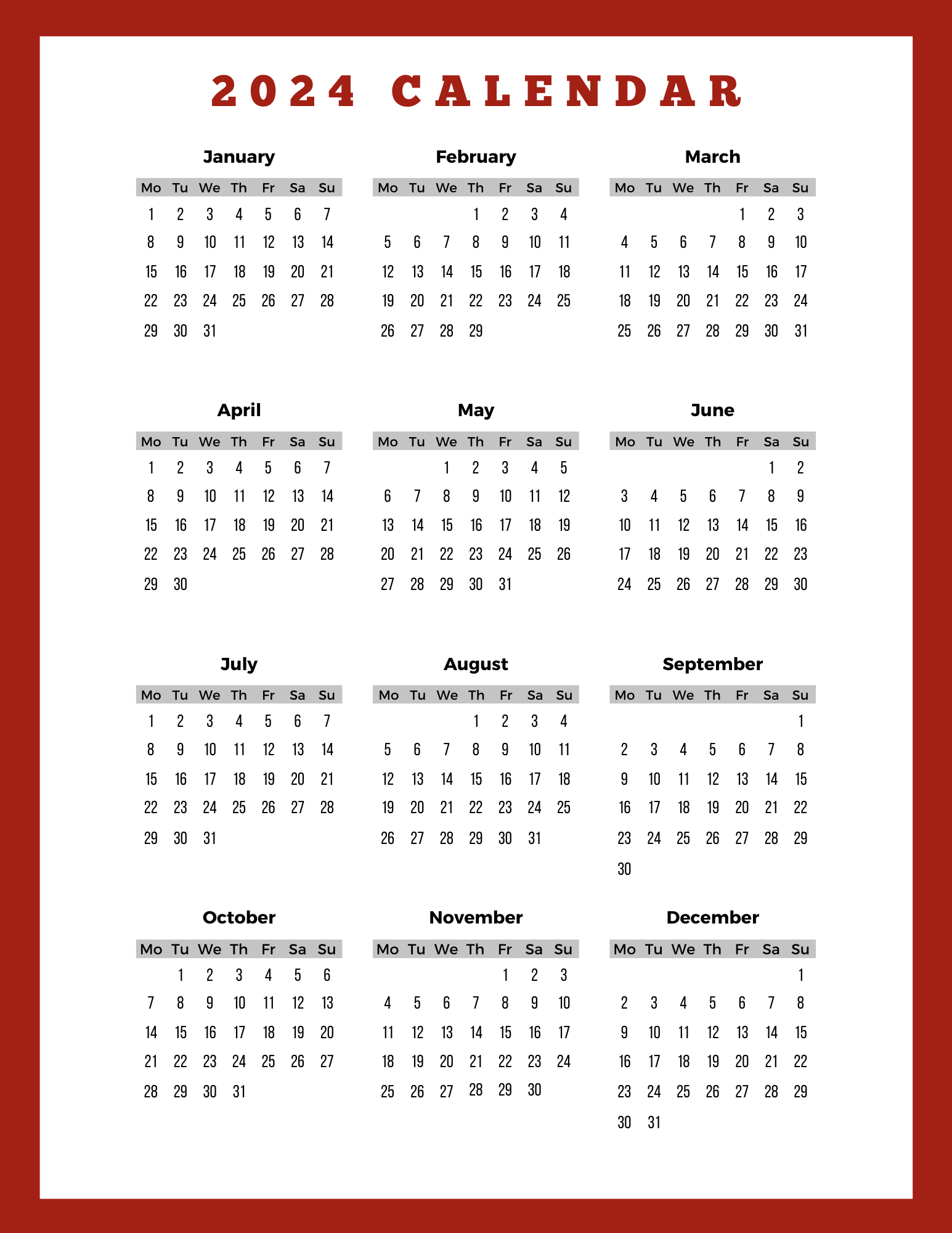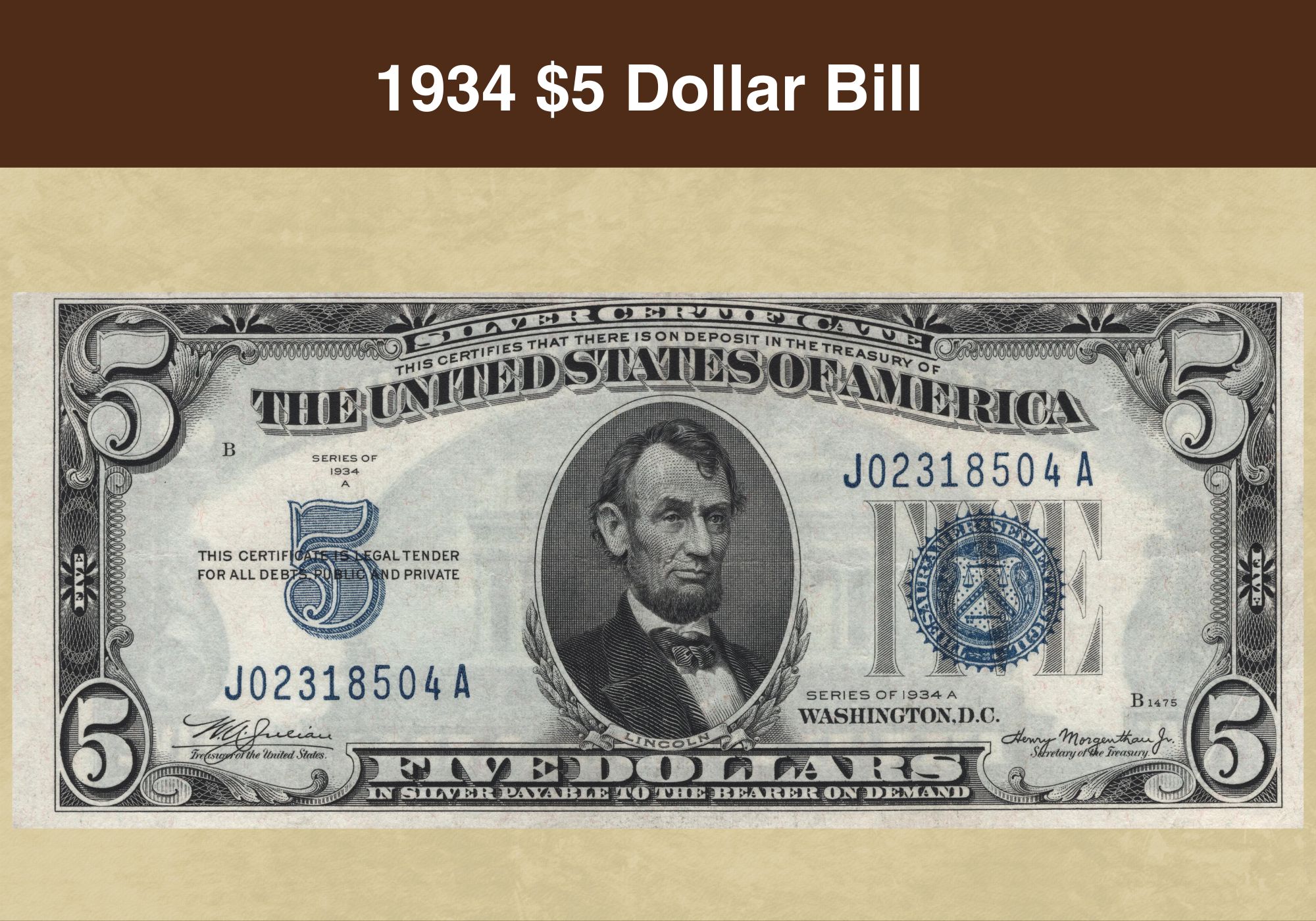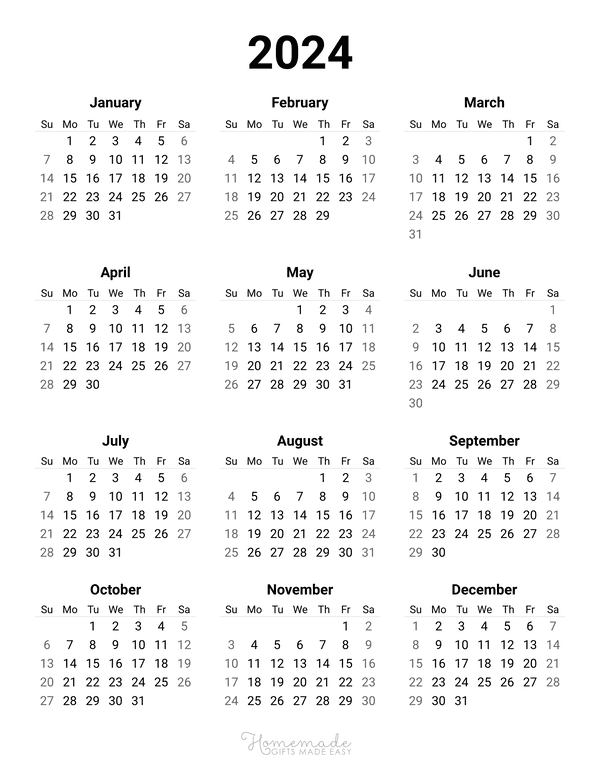1934 To 2024 How Many Years
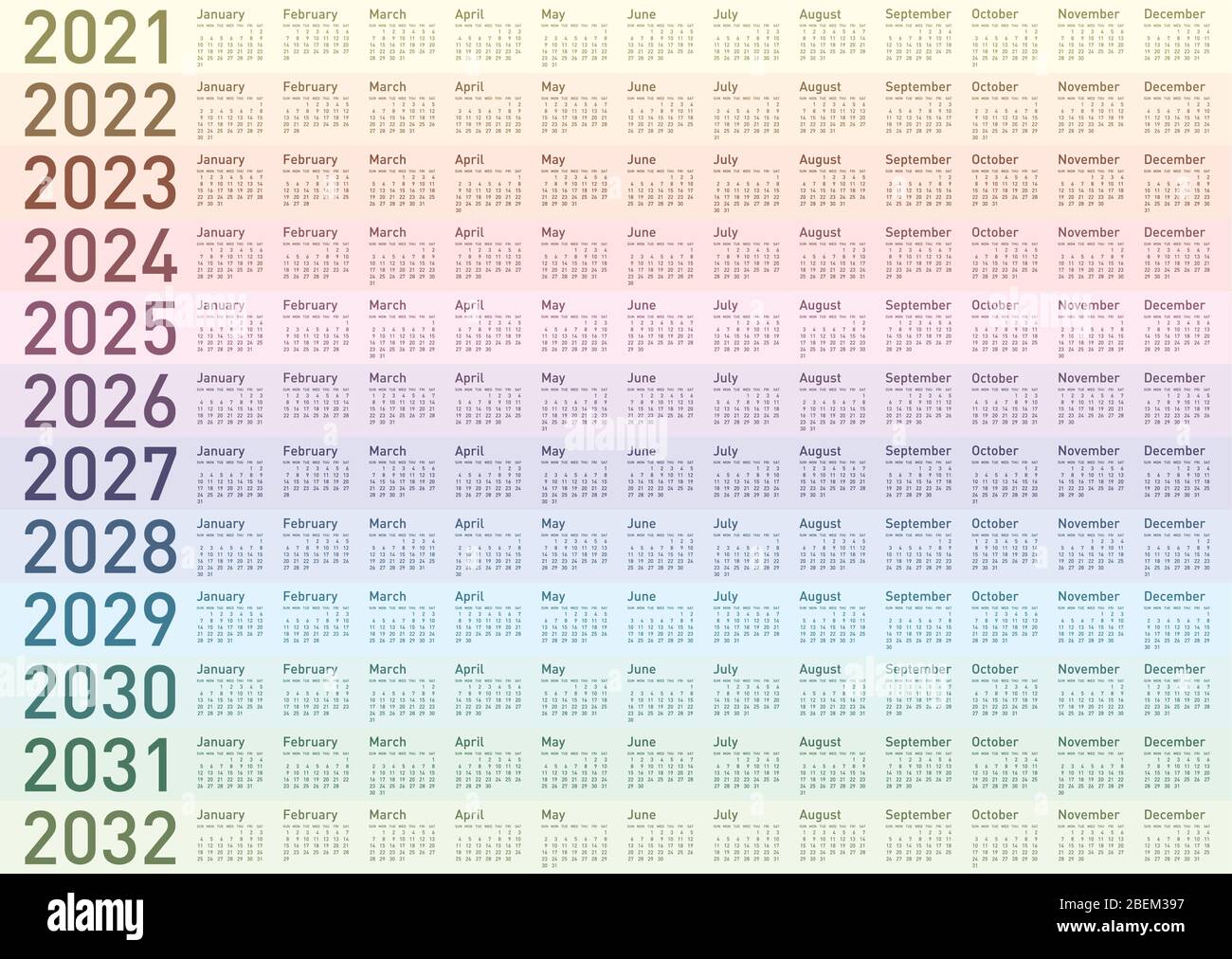
Urgent: The calculation is complete. The span from 1934 to 2024 encompasses exactly 90 years, a significant period marked by immense global change.
This 90-year interval, spanning from January 1, 1934, to January 1, 2024, represents nearly a century of historical, technological, and societal evolution, demanding immediate recognition.
The Definitive Calculation
The calculation is straightforward: 2024 minus 1934 equals 90. This result quantifies a considerable duration, a fact that resonates across various disciplines.
Why is this important? Understanding this timeframe allows us to contextualize events and assess progress over nearly a century. The answer is relevant across numerous fields.
Key Events Within the 90-Year Span
The timeframe witnessed World War II (1939-1945), a global conflict reshaping the world order. The establishment of the United Nations in 1945 aimed to prevent future wars, a direct consequence of the preceding devastation.
The Cold War (1947-1991) defined international relations for decades, marked by ideological struggle between the United States and the Soviet Union. This era included events like the Korean War (1950-1953) and the Vietnam War (1955-1975).
The Civil Rights Movement in the United States gained momentum, particularly in the 1950s and 1960s. This fight for equality fundamentally altered American society.
The Space Race saw remarkable achievements, including the first human in space in 1961 and the moon landing in 1969. These advancements exemplified technological capabilities.
The fall of the Berlin Wall in 1989 symbolized the end of the Cold War and the collapse of the Soviet bloc. Globalization accelerated in the late 20th and early 21st centuries.
The rise of the internet revolutionized communication and access to information. This digital transformation reshaped almost every aspect of modern life.
Major terrorist attacks, such as those on September 11, 2001, had profound global consequences. These events prompted significant changes in security measures and foreign policy.
Who Was Involved?
Countless individuals shaped this period. Leaders like Franklin D. Roosevelt, Winston Churchill, and Joseph Stalin played pivotal roles during World War II.
Figures such as Martin Luther King Jr. championed civil rights. Scientists and inventors like Albert Einstein and Tim Berners-Lee pushed the boundaries of knowledge and technology.
Artists, writers, and musicians reflected and influenced societal values. These include names from literature and entertainment.
Where Did These Events Occur?
These events unfolded across the globe. From battlefields in Europe and Asia to the streets of America.
Important locations include Washington D.C. where major policy decisions were made. Moscow, a key player during the Cold War, and Silicon Valley, a hub of technological innovation.
How Did These Events Unfold?
Through political maneuvering, military campaigns, social movements, and technological advancements. The 90-year period represents an accumulation of human activity.
The methodology is multifaceted: decisions made in parliaments, research conducted in laboratories, and protests organized in public squares. All contributing to a tapestry of events.
Implications and Next Steps
Understanding this 90-year period provides crucial context for navigating contemporary challenges. Analyzing past successes and failures offers insight.
Further research is crucial to comprehend the nuances of this era. Deeper analysis needs to be done, focusing on specific aspects within this time frame.
Ongoing discussion and reflection are necessary. We must use this understanding to inform decisions in the present and prepare for the future, learning from the past and avoiding previous mistakes.
